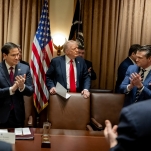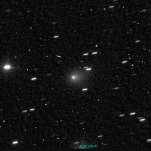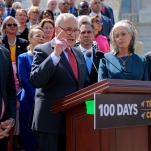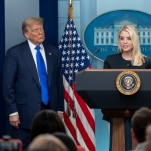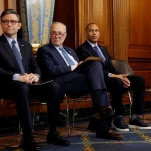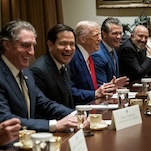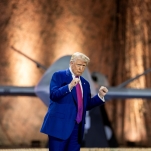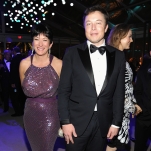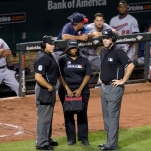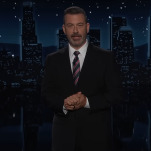Prosecutors are ignoring new research debunking popular science used to convict people
A new White House report this week concluded that some of the most common forensic science techniques used to convict criminal defendants are unreliable. The Attorney General, Loretta Lynch, and an association of local prosecutors have decided to ignore the findings.
The President’s Council of Advisors on Science and Technology, a farm team of some of the smartest scientific minds in the country, released a report Tuesday calling into question the analysis of bite marks, shoe prints, hair samples, and other forensic techniques regularly used by police departments around the country. After reviewing years of studies, the report determined that these methods either have little backing in current scientific evidence or often are represented in ways that overstate the certainty of their conclusions. Only basic DNA analysis is truly scientifically reliable, the report found.
Those conclusions are hugely significant and should act as a wake-up call to forensic examiners around the country, said Barry Pollack, the president of the National Association of Criminal Defense Lawyers. “These are not rare exotic types of examinations—there are forensic examiners around the country who every day testify about bite marks or shoe prints or hair analysis,” he told me.
The nation’s top prosecutors are rejecting their conclusions. Quickly after the report was released, Attorney General Loretta Lynch told the Wall Street Journal that “we remain confident that, when used properly, forensic science evidence helps juries identify the guilty and clear the innocent, and the department believes that the current legal standards regarding the admissibility of forensic evidence are based on sound science and sound legal reasoning. While we appreciate their contribution to the field of scientific inquiry, the department will not be adopting the recommendations related to the admissibility of forensic science evidence.”
The National District Attorneys Association, which represents local prosecutors around the country, released an even stronger statement: “PCAST has taken it upon itself to usurp the Constitutional role of the Courts and decades of legal precedent and insert itself as the final arbiter of the reliability and admissibility of the information generated through these forensic science disciplines,” the association said. “PCAST has determined to throw away and ignore years of settled law and to act as both judge and jury in urging the exclusion of forensic science disciplines in the courtrooms of our nation.”
-

-

-

-

-

-

-

-

-

-

-

-

-

-

-

-

-

-

-

-

-

-

-

-

-

-

-

-

-

-

-

-

-

-

-

-

-

-

-

-

-

-

-

-

-

-

-

-

-

-

-

-

-

-

-

-

-

-

-

-

-

-

-

-

-

-

-

-

-

-

-

-

-

-

-

-

-

-

-

-

-

-

-

-

-

-

-

-

-

-

-

-

-

-

-

-

-

-

-

-

-

-

-

-

-

-

-

-




